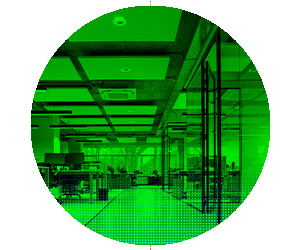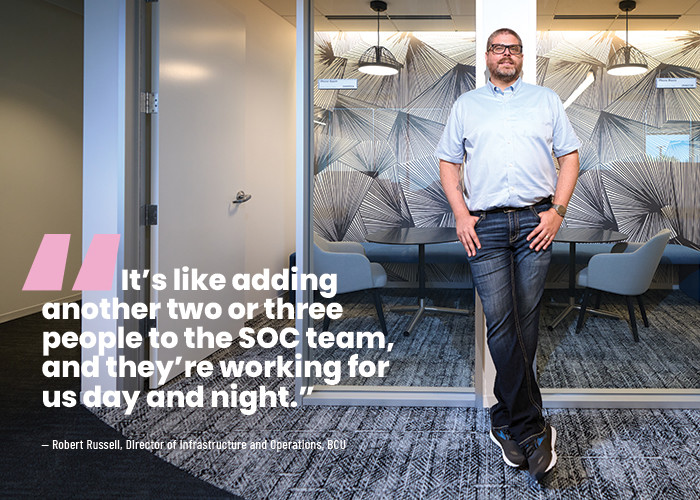Russell joined the institution shortly after that incident, and earlier this year decided to add Arctic Wolf MDR to its cybersecurity arsenal. The technology integrates with the CrowdStrike platform to create redundancy in BCU’s protection strategy and further fortify its IT systems.
Both solutions are installed on all of the organization’s servers and devices, including employee workstations. To simplify the setup and avoid potential confusion in the event a threat is identified, all log data is sent to Arctic Wolf, while CrowdStrike is used for network containment.
“Arctic Wolf has no data ingestion limits, which is nice because it lets us paint the overall picture of what’s happening across our environment,” Russell says. “For the network containment, we’re relying on CrowdStrike only because we’ve had it in place longer.”
READ MORE: How the Chicago Bears and other small businesses found success from managed services.
Both MDR solutions provide real-time alerts, and both deliver weekly reports that summarize all findings and any actions taken. Russell also meets regularly with a concierge team from Arctic Wolf to discuss emerging threats and recommended defensive strategies, and both services produce regular newsletters covering trends in the space that are relevant to the financial sector.
MDR, Russell notes, isn’t an excuse for him and his team to let their guards down. It is a valuable tool in the cybersecurity toolbox that they’ve learned to deploy efficiently and effectively.
“It’s about making sure that we always know exactly what’s happening on our network,” he says. Because MDR doesn’t allow the cybercriminals to hide, “we can do whatever we need to fight back.”












